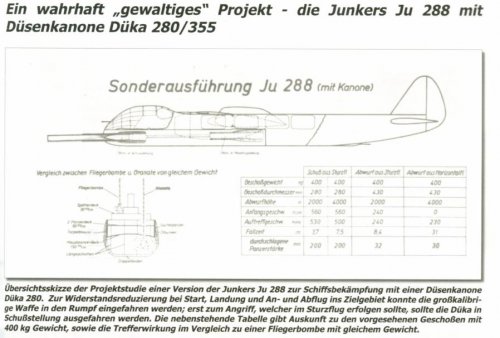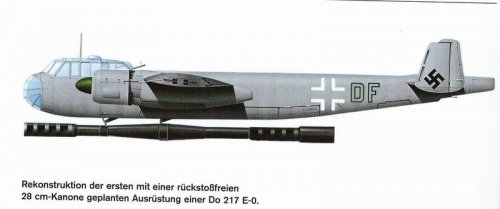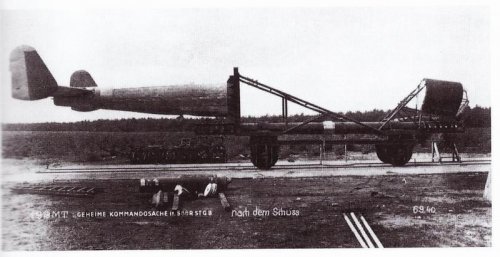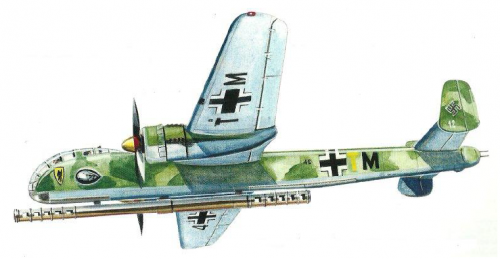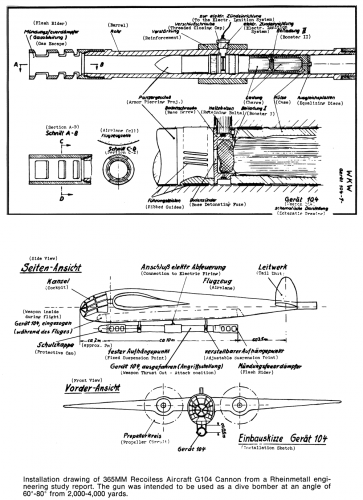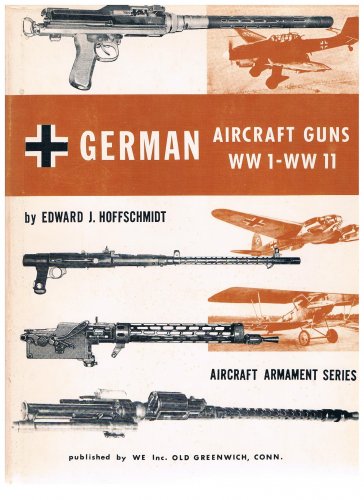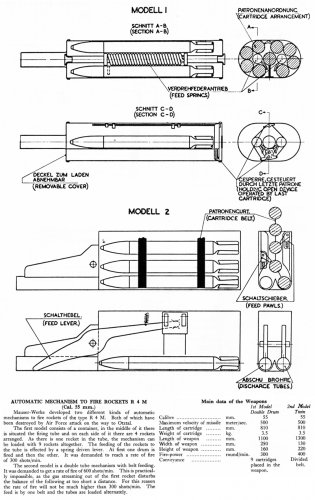Hi guys  ,
,
I`ve just found this drawing in here:
http://www.ww2incolor.com/forum/showthread.php?t=4127&page=11
It is a rough sketch by Rheinmetall-Borsig on a carrier plane for their Gerät 104 Münchausen. The plan was to use it at a steep angle in order to penetrate the armoured deck of enemy battleships.
Concerning the aircraft depicted, it could well be just an aid to find the best mounting, or something already tought but not perfected. Notice the air brake, much like the one applied to the Do217. Other interesting features are the semirecessed engine mounts, high chord wings.
What do you think?
I`ve just found this drawing in here:
http://www.ww2incolor.com/forum/showthread.php?t=4127&page=11
It is a rough sketch by Rheinmetall-Borsig on a carrier plane for their Gerät 104 Münchausen. The plan was to use it at a steep angle in order to penetrate the armoured deck of enemy battleships.
Concerning the aircraft depicted, it could well be just an aid to find the best mounting, or something already tought but not perfected. Notice the air brake, much like the one applied to the Do217. Other interesting features are the semirecessed engine mounts, high chord wings.
What do you think?

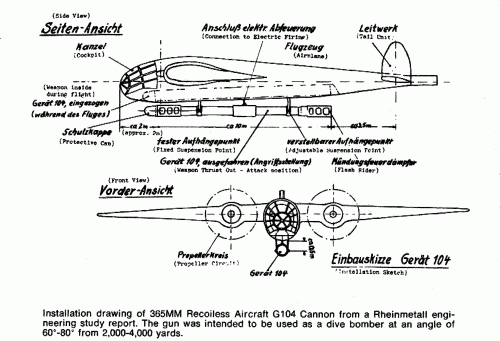

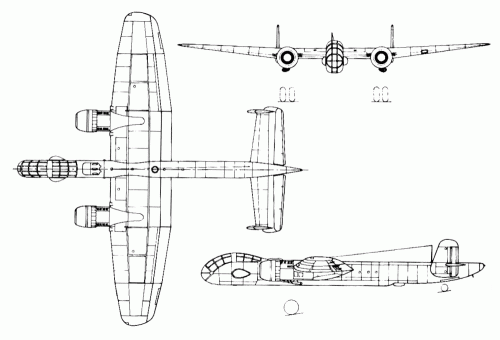
![Digitalizar0001a[1].gif](/data/attachments/26/26289-6daa07fd4a59e8a4a9a4e5491a43499f.jpg)
